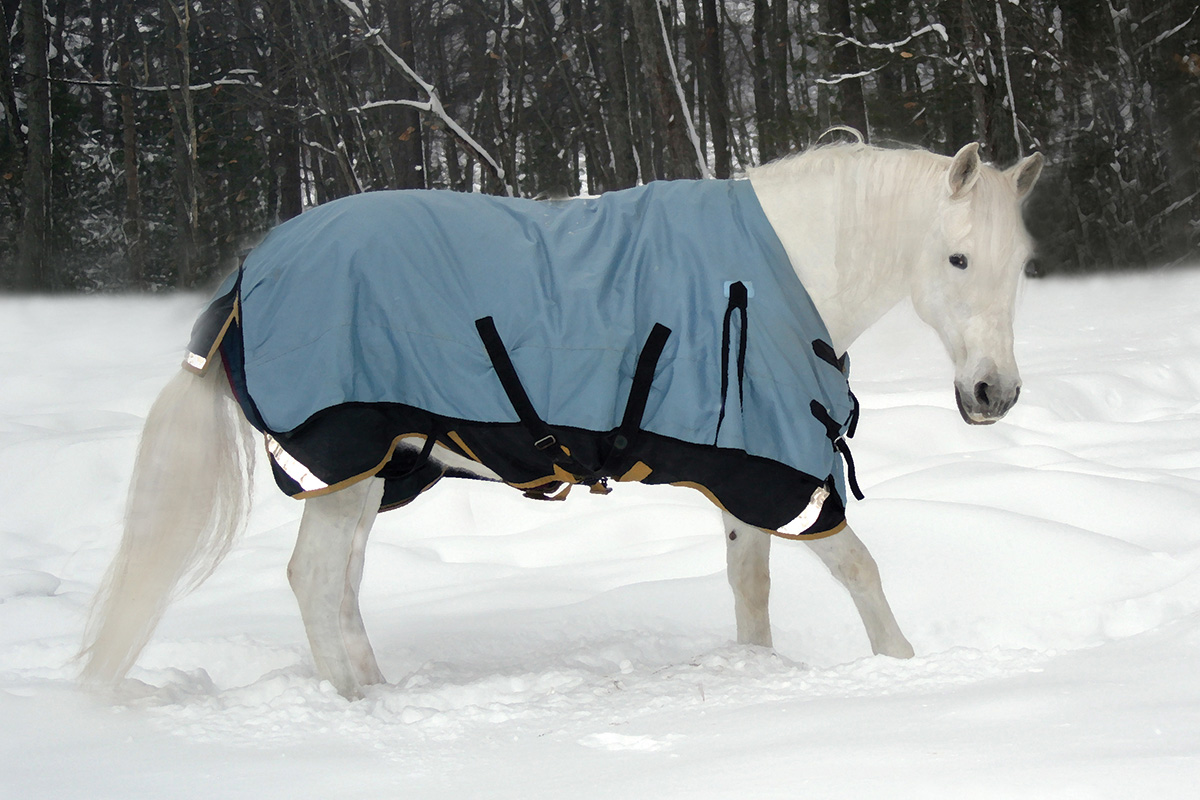
How to Lunge a Horse: A Guide to Better Bonding and Control?
Share
A well-conditioned horse is essential for both the safety of the rider and the enjoyment of riding itself. Many horse owners, especially health-conscious pet owners, want to ensure that their horses are getting the right amount of exercise, training, and mental stimulation. In this article, we will delve into the subject of how to lunge a horse, an invaluable skill that not only helps keep your horse fit but also strengthens the bond between you and your equine companion.
Lungeing involves directing a horse in a circular path on a long lead line. This method is great for warming up before riding or exercising the horse without a rider. You might ask, 'Is lungeing beneficial for my horse?' The answer is a resounding yes! Not only does it improve physical fitness, but it also enhances obedience and responsiveness to commands. This guide aims to educate health-conscious pet owners about the best practices for lungeing a horse.

Understanding the Benefits of Lungeing
Before diving into the practical steps of how to lunge a horse, let's first understand the benefits of this useful training technique.
- Improved Fitness: Lungeing allows for controlled exercise, helping to build muscle and improve cardiovascular endurance.
- Behavior Management: Horses who are regularly lunged are often calmer and easier to control under saddle since they have more mental stimulation and physical outlet.
- Flexibility and Suppleness: This exercise encourages horses to stretch and flex their muscles, leading to better performance when ridden.
- Bonding Experience: Spending time lungeing your horse fosters trust and communication between the two of you.
Preparation for Lungeing
Before you set out to lunge your horse, ensure you have some basic equipment ready:
- Lunge Line: A long line (at least 20 to 30 feet) designed for leading horses during lungeing.
- Lunge Whip: A tool to encourage the horse to move forward without physical contact.
- Bridle or Halter: Ensure that your horse is securely outfitted for the session.
- Safe Space: An enclosed space like a round pen or a large arena where the horse is free to move without obstacles.
How to Lunge Your Horse Step-by-Step
1. Setting Up Your Space
Set your arena or round pen for safety. Ensure that there are no loose items on the ground and that the fencing is secure. Its essential to keep things calm and controlled, especially if your horse is new to lungeing.
2. Getting Your Horse Ready
Groom your horse to ensure they are comfortable. Check their tack and make sure the halter or bridle fits well. Walk your horse around for a few minutes to let them get adjusted to the surroundings. This is crucial for their mental preparation.
3. Attach the Lunge Line
After your horse is ready, attach the lunge line to their halter or bridle. Stand to the side of the horse, keeping clear of their hindquarters to avoid kicks. It's best to be on the left side.
4. Using the Lunge Whip
Hold the end of the lunge line while keeping the other hand on the lunge whip. Flick or tap the whip to encourage your horse. Do not hit; the whip is a tool for guidance. Use vocal cues such as walk or trot to get your horse's attention.
5. Encouraging Movement
Begin to walk in a circle while urging your horse to move forward. Be consistent with your cues and maintain eye contact. Always reward your horse with a soft voice or a treat to encourage positive behavior.
6. Adjusting the Speed
Once your horse is at a steady walk, encourage them to trot by increasing energy in your body language and using the whip. Additionally, use subtle line pressure for direction. Pay attention to their body language to help gauge how they are feeling.
7. Switching Directions
When ready, ask your horse to change direction. You can do this by stopping, turning, and using the line to coax your horse into a new circle. Maintaining control during this transition is vital.
Common Mistakes to Avoid
Lungeing can be a rewarding experience, but it's important to avoid common pitfalls:
- Not keeping the lunge line taught can lead to confusion for your horse.
- Allowing your horse to drift into the center can make control difficult.
- Not paying attention to the horse's physical signals, which may indicate stress or discomfort.
- Overworking your horse, which can lead to fatigue and behavioral issues.
When to Introducing Lungeing
It's never too early to start thinking about lungeing for your horse. Introduce it gradually when your horse is accustomed to basic handling and groundwork commands. Offering a balanced approach to training will yield the best outcomes.
How Often Should You Lunge?
Generally, 1-3 lunge sessions per week is a solid routine for most horses. Factors affecting frequency include the horse's age, fitness level, and overall health. Always consult with a veterinarian or professional trainer if you are uncertain.
More Resources on Horse Care
For other aspects of horse care, consider checking out these links:

Frequently Asked Questions (FAQ)
1. Is lungeing suitable for all horses?
While lungeing can be beneficial for most horses, some older or unfit horses might require a modified approach.
2. How long should a lungeing session last?
A typical session can last anywhere from 10 to 30 minutes, depending on the horse's fitness level.
3. Can I lunge my horse without a whip?
Yes, you can lunge without a whip, but it may not be as effective for guiding and encouraging your horse.
As an Amazon Associate, I earn from qualifying purchases.
